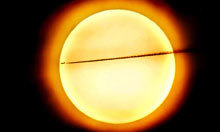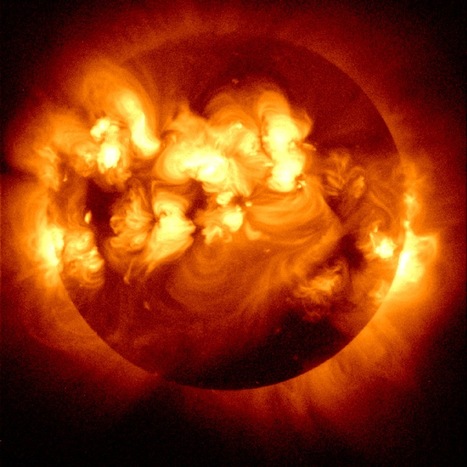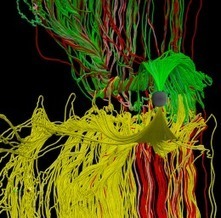WARNING: This is a non-conventional view of our solar system. If you can't handle that, please try to remain calm. It is OK for people to have different view...
Research and publish the best content.
Get Started for FREE
Sign up with Facebook Sign up with X
I don't have a Facebook or a X account
Already have an account: Login

 Your new post is loading... Your new post is loading...
 Your new post is loading... Your new post is loading...
|
|














